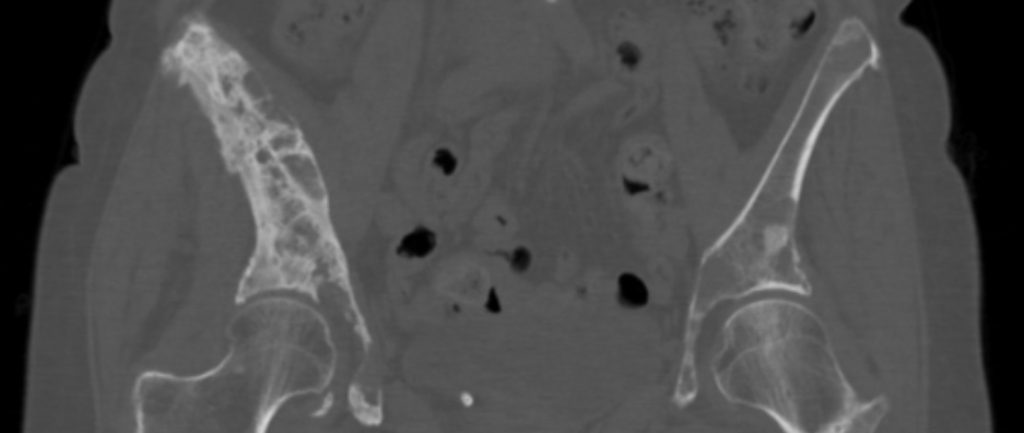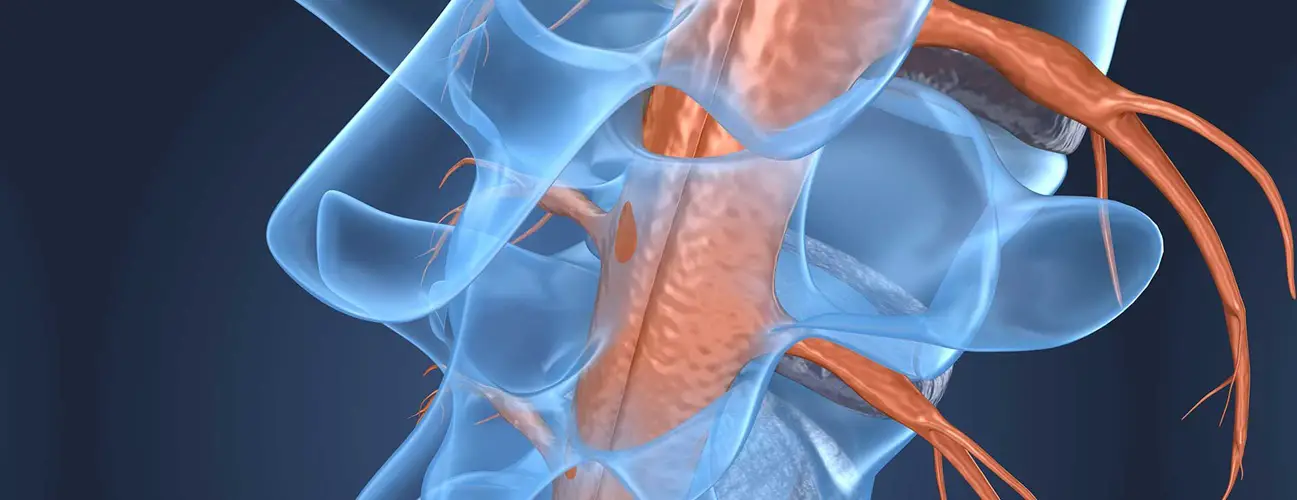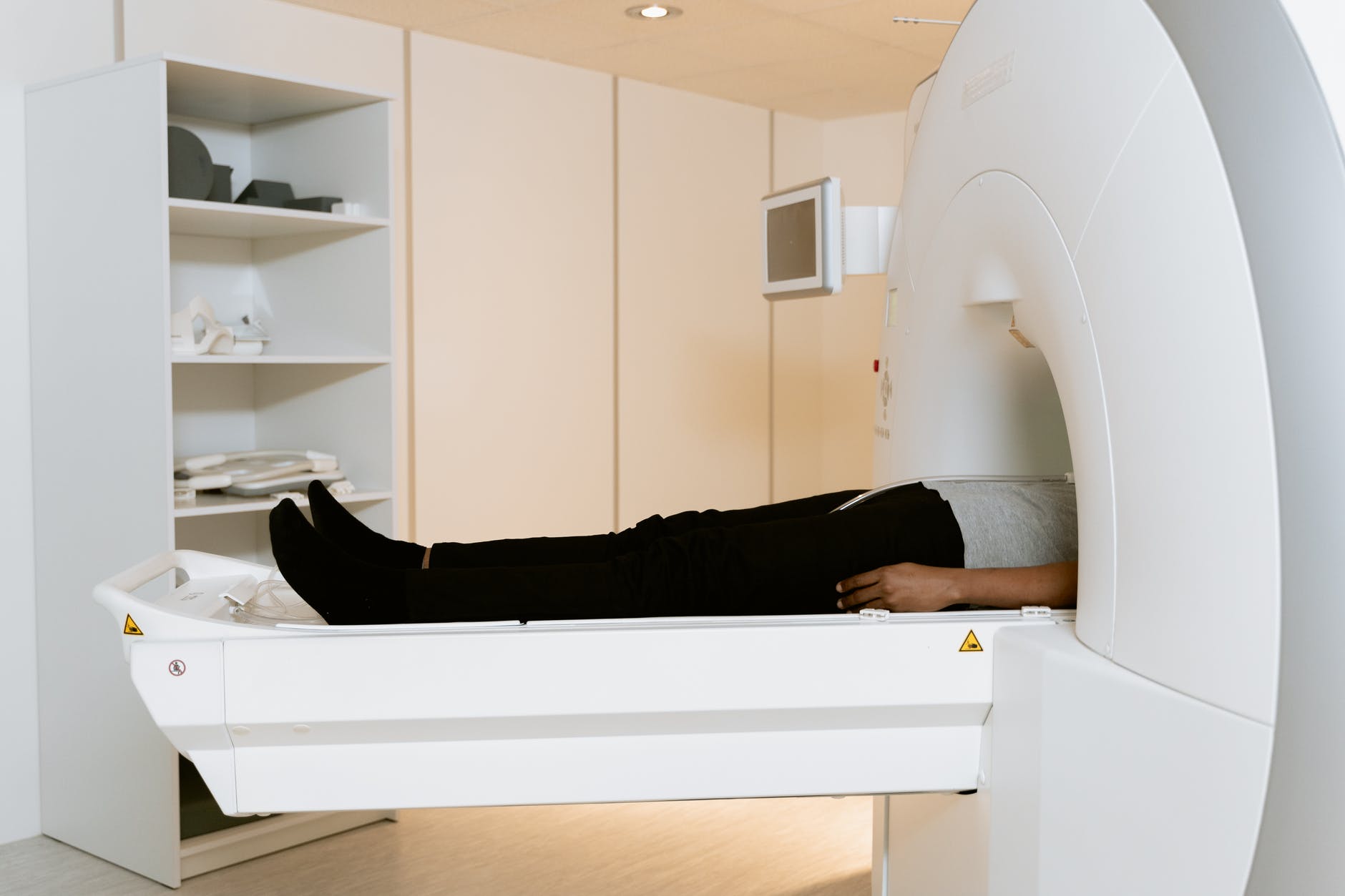Article reviewed and approved by Dr. Ibtissama Boukas, physician specializing in family medicine
Cancer is an abnormal proliferation of cells. It includes different stages, including the appearance of metastases which is one of the severity criteria. When the abnormal cells multiplying in the bones, We are talking about bone metastasis.
You want to know more about bone metastasis? Discover in this article the definition of this condition, the factors that promote it and its symptoms. Also discover the common ways to establish the diagnosis of bone metastasis, currently available treatments and life expectancy at this advanced stage of cancer.
Definition of bone metastasis
Metastasis is an advanced stage of cancer. It is characterized by the spread of the cancer to a site other than its origin. Of course, the location of this site varies according to the type of cancer concerned. In the case of bone metastasis, the site of proliferation is at the level of the bones.
It is important to clearly differentiate a primary bone cancer et bone metastasis. A primary cancer is the cancer which is at the origin of the metastasis. Bone metastasis is more common than a primary bone cancer.
What causes bone metastasis?
All malignant tumor can metastasize to bone. This is explained by its richness in blood vessels. Bones are more prone to filter and retain tumor cells.
Nevertheless, some cancers have more affinity to bones. We also talk about osteophilic tumor. In order of frequency, these are mainly:
- breast cancer;
- prostate cancer;
- lung cancer ;
- kidney cancer;
- thyroid cancer;
- uterine cancer;
- colon cancer.
Each kind of cancer presents a privileged location for bone metastasis. The most frequent sites are:
- the vertebrae ;
- the ribs;
- The Pelvis ;
- the sternum;
- skull.
Sometimes the bone metastasis is localized to different regions.
To better understand the mechanism of a bone metastasis, you must know that the bone remains healthy thanks to two elements: the osteoblasts which promote the development of the bone and the osteoclasts which resorb the bone.
Bone metastasis affects this mechanism in particular, hence the two types of bone metastases : osteoblastic metastases and osteolytic metastases.
Osteoblastic metastases accentuate the formation of cancer cells, especially in the case of prostate cancer. As for osteolytic metastases, they accelerate the process of bone resorption. This is often what happens in advanced breast cancer.
Depending on the subject, these two types of bone metastases can be present separately or coexist on the same site. On this type of metastases will mainly depend the symptoms bone metastasis.
What are the symptoms ?
The symptoms of bone metastases generally depend on many parameters such as the type of metastases that develop in the patient, the affected bone and their number, the existence or not of other pathologies, etc.
Nevertheless, the master symptom of a bone metastasis is localized pain in the affected bone. It can be constant even at rest. It can also be intermittent. In this case, the harm is felt especially at night.
In some cases, the pain may spread throughout the body. It can be accompanied by swelling as well as various pathological fractures. These result from the weakening of the bone due to tumor cells and not from an external cause. The most common are fractures of the ribs and vertebrae. The leg bones are found in third position on the affected bones.
There may also be symptoms related to a hypercalcemia, whose :
- constipation;
- nausea;
- loss of appetite;
- a frequent urge to urinate;
- excessive thirst;
- a confusion.
Bone metastases can also compress the spinal cord. In this situation, we can see:
- loss of balance;
- weakness of the limbs (upper or lower);
- numbness of the limbs;
- bladder incontinence (the patient no longer has control of his bladder);
- faecal incontinence (inability to control the contents of the intestines).
How to make the diagnosis?
For check for bone metastasis, the doctor usually does imaging tests. This is especially valid when it is known that the patient has a primary malignancy.
The first imaging indicated is radiography. We will focus in particular on the bone likely to be affected by the spread of cancer cells.
For better locate metastases, a bone scan is also used. With a single examination, this process makes it possible to trace all the cancerous cells with radioactive tracers.
A CT scan and MRI may also be done to diagnose bone metastasis in a specific region.
When cancer is discovered as a result of bone pain, doctors order a biopsy. This is a sample taken from the suspect bone. Once the sample has been analyzed under a microscope, it will be possible to identify the cancer that caused it.
Subsequently, other examinations will be initiated to set up appropriate care. If it is breast cancer, you can, for example, ask for a mammogram.
A dosage of tumor markers can also be done, depending on the cancer found. For prostate cancer, the level of PSA (Prostate Specific Antigen) is measured.
Vital prognosis and life expectancy at this stage of cancer
It is normal to ask questions about life expectancy and prognosis for cancer. For a bone metastasis, the lifespan will depend on many factors.
- Age: a person under the age of 40 has a better prognosis.
- History: presence or absence of other chronic illnesses, etc.
- Habits: smoking or not, etc.
- The spread of cancer: its stage at diagnosis.
- Bone affected by malignant cells: the distal part has a better prognosis than the proximal part.
- The size of the cancerous tumour: a tumor smaller than 8 cm is a better prognosis.
- The effects of the treatment.
Generally, a lifespan of less than 5 years is estimated for people who suffer from cancer with bone metastasis.
Treatment: how to stop bone metastases?
Treatment of bone metastasis varies according to the primary cancer. However, the management protocol is still based on symptomatic treatments associated with more targeted treatments. Analgesics are in first place to relieve symptoms, including bone pain.
Next comes radiotherapy, which combines two forms of treatment.
- La external radiotherapy: it helps to relieve pain and possible nerve compression caused. It is also useful in the prevention of pathological fractures. For its realization, a device is used to diffuse radiation on one or more areas of the body.
- La internal radiotherapy: it is especially indicated in the case of an osteoblastic metastasis. This is done by injecting radioactive drugs into the patient's veins.
In case of hypercalcemia, you will be prescribed bisphosphonates. They will reduce the speed of destruction of metastasized bone. Alternatively, denusomab has the same properties. It's a kind of antibody that will block the multiplication of bone metastases. These two drugs are to be injected into a vein.
It is also possible to use chemotherapy in front of a bone metastasis. It is recommended in case of multiple bone damage.
Hormone therapy is also possible for bone metastases if the primary cancer is in the breast or prostate. In the event of fractures, so-called stabilization surgery is carried out.
It should be noted, however, that all of these drugs can have side effects. In the same way, the subject can respond positively or not.
Source
- https://cancer.ca/fr/cancer-information/cancer-types/metastatic/bone-metastases
- https://cancer.ca/en/cancer-information/cancer-types/bone/prognosis-and-survival
- https://cancer.ca/en/cancer-information/cancer-types/bone/prognosis-and-survival/survival-statistics
- https://www.msdmanuals.com/en/home/disorders-muscle-and-bone-joints/joint-and-bone-tumors/metastatic-bone-tumors
- https://www.chu-lyon.fr/bone-metastasis
- https://palli-science.com/content/bone-metastases









